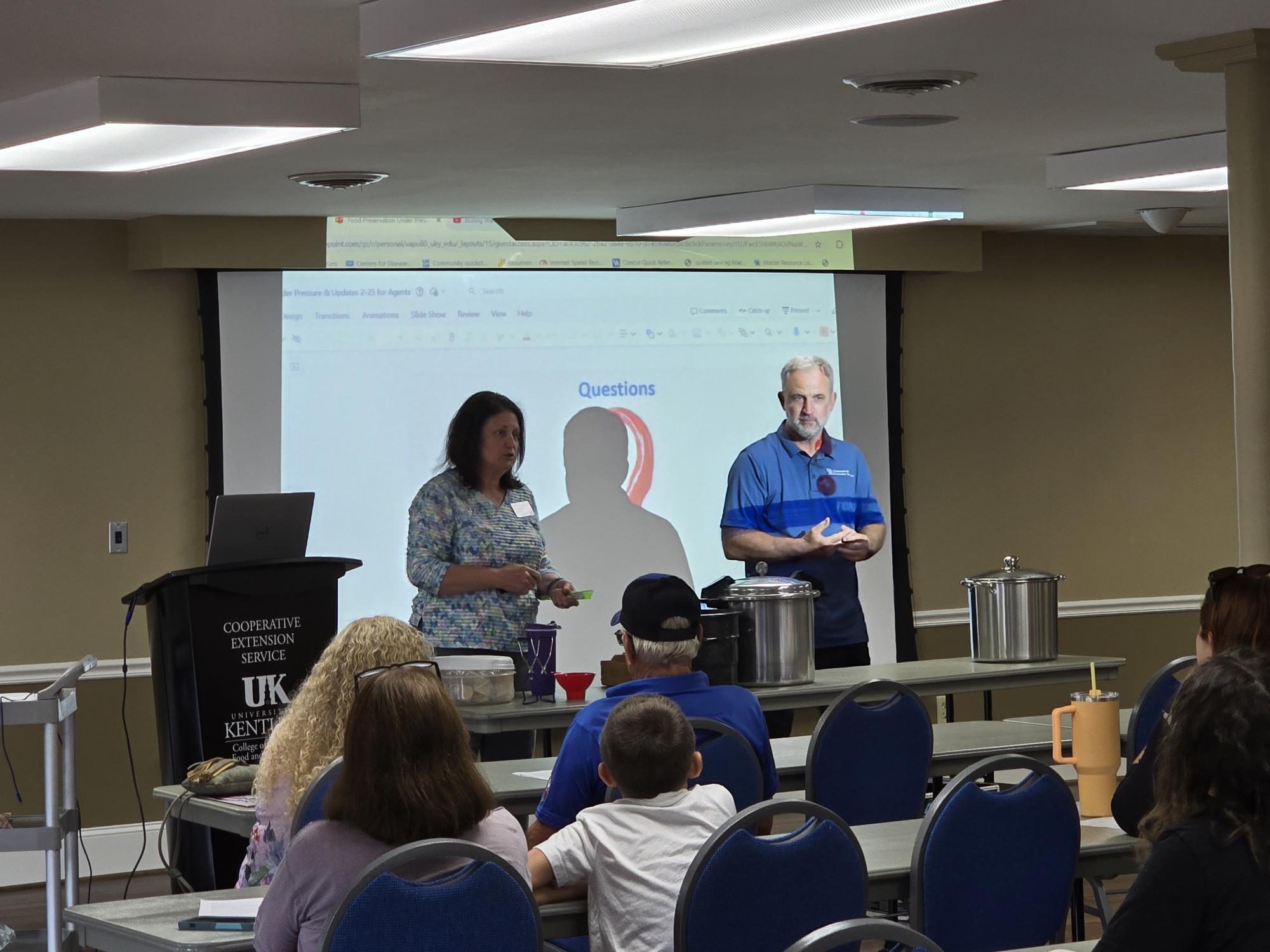Why Can?
There’s nothing quite like the taste of a fresh tomato or crisp green beans straight from the garden. But what happens when your garden produces more than you can eat in a week? That’s where canning and preserving come in—time-honored methods that help extend the bounty of your garden all year long.
Canning vegetables allows you to lock in flavor and nutrients at their peak, reducing food waste and cutting down on grocery bills. It’s a sustainable practice that helps you make the most of your hard work in the garden. Whether you’re making salsa, pickles, or simply preserving green beans, you’re creating shelf-stable meals you can rely on, even in the middle of winter.
Plus, there’s a unique satisfaction that comes with filling your pantry with jars of homegrown food. Canning connects you to traditional skills, promotes food security, and gives you peace of mind knowing exactly what’s in your food—no preservatives or mystery ingredients.
So when your garden is overflowing, grab some jars, fire up the water bath or pressure canner, and turn your harvest into something that lasts.
Safety First
Canning is a wonderful way to preserve your harvest and enjoy homegrown fruits and vegetables year-round. However, it’s not just about filling jars—it’s about doing it safely. Using proper canning methods is essential to prevent foodborne illnesses, maintain food quality, and protect your hard work from spoilage. Food and Consumer Science Agent, Vicki Boggs explained the proper methods of water bath canning. She also drove home the point that one of the most serious risks of improper canning is botulism, which is a potentially deadly form of food poisoning caused by a toxin produced by bacteria. These bacteria thrive in low-acid, oxygen-free environments—just like a sealed jar of canned vegetables. That’s why it’s crucial to follow tested and trusted canning guidelines, including using a pressure canner for low-acid foods such as green beans, corn, and meats. Water bath canning should only be used for high-acid foods like pickles, tomatoes (with added acid), and fruits.
Accurate processing times, the right equipment, and attention to cleanliness all play a role in keeping canned food safe. Outdated or unverified recipes found online or passed down through generations may not meet modern safety standards. It’s best to rely on trusted sources like the USDA’s Complete Guide to Home Canning or your local Extension office for up-to-date information.
Using proper canning methods also helps preserve flavor, color, and texture, ensuring that your garden bounty tastes just as delicious months later as it did the day it was picked. Canning safely may take a little more time and effort, but the reward is well worth it—a pantry full of nutritious, home-preserved food and the peace of mind that comes with knowing it’s safe for your family to enjoy.
Each participant received a fresh jar of salsa, 1 case of mason jars, a set of wide mouth and regular mouth jar lids and rings.





Leave A Comment